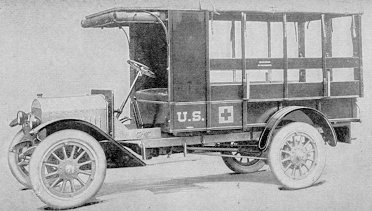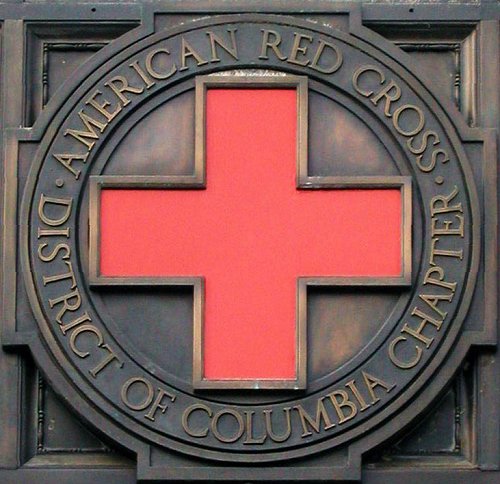The First Red Cross Ambulance
Today, we care for wounded soldiers. The University of Houston's College of Engineering presents this series about the machines that make our civilization run, and the people whose ingenuity created them.
An odd item in the Smithsonian Institution: It looks like an old Western chuck wagon with its canvas top and somewhat square shape. It has a small red cross painted on the side.
This wagon is an important piece of history. To tell its story we go first to the aftermath of the Battle of Solferino in Italy -- a part of the little-known War of 1859. After the battle, a young Swiss named Henri Dunant worked with other bystanders to care for thousands of wounded French, Italian, and Austrian soldiers.
In 1862, Dunant wrote a book about that ghastly experience. He used it to call for the creation of an international group that would give relief in war. People responded. Two years later, the International Committee of the Red Cross had been formed with its headquarters in Geneva.
Ambulances were fairly new at that time. They were all horse-drawn, and they were owned and operated only by the various armies. A few years after the Red Cross was formed, the German army started painting the Red Cross symbol on its ambulances. Historian Herbert Collins tells us that the Red Cross didn't provide its own ambulances until the Spanish-American War.
When Cubans revolted against Spanish rule in 1897, Clara Barton, head of the American Red Cross, asked President McKinley to help her raise public money for Red Cross relief to Cuba. The government finally did join the effort, but only after the conflict had widened into the Spanish-American War a year later.
The Red Cross raised $36,000. And Barton directed most of that money into building eleven mule-drawn ambulances. Each carried four stretchers and a water cask under the driver's seat. Two of the stretchers could be mounted as bench seats inside. The ambulances were made by the Studebaker Company, shortly before it began making automobiles.
Six of the eleven ambulances went to Cuba, where Barton later found that the Army hadn't even bothered to unload them. Two were used in New York City and one at Camp Thomas, Georgia. Only two of the eleven saw action. They'd been sent, not to Cuba, but to Puerto Rico. And they were very useful there.
The one in Georgia was sent back to Clara Barton in Washington after the war. A vegetable peddler eventually bought it, and the Smithsonian didn't find it until 1962. When they restored it, they found it'd originally been painted Prussian blue and chrome yellow.
You might not see anything special when you first look at this simple ambulance. But then its meaning emerges. You see Henri Dunant's flash of ingenuity after the suffering at Solferino. You see Clara Barton's organizational ingenuity. This humble little wagon represented the first real action by a world relief organization that owed nothing to any national interest.
I'm John Lienhard, at the University of Houston, where we're interested in the way inventive minds work.
(Theme music)
Collins, H. R., Red Cross Ambulance of 1898 in the Museum of History and Technology. Washington, DC: Smithsonian Institution, 1965.
For a fine history of the International Red Cross and for the complete text of Dunant's book A Memory of Solferino, Click Here
This is a greatly revised version of Episode 160.

A "modern" ambulance (pictured in the 1923 Wonder Book of Knowledge)

From the US Red Cross Headquarters in Washington, DC
(photo by John Lienhard)